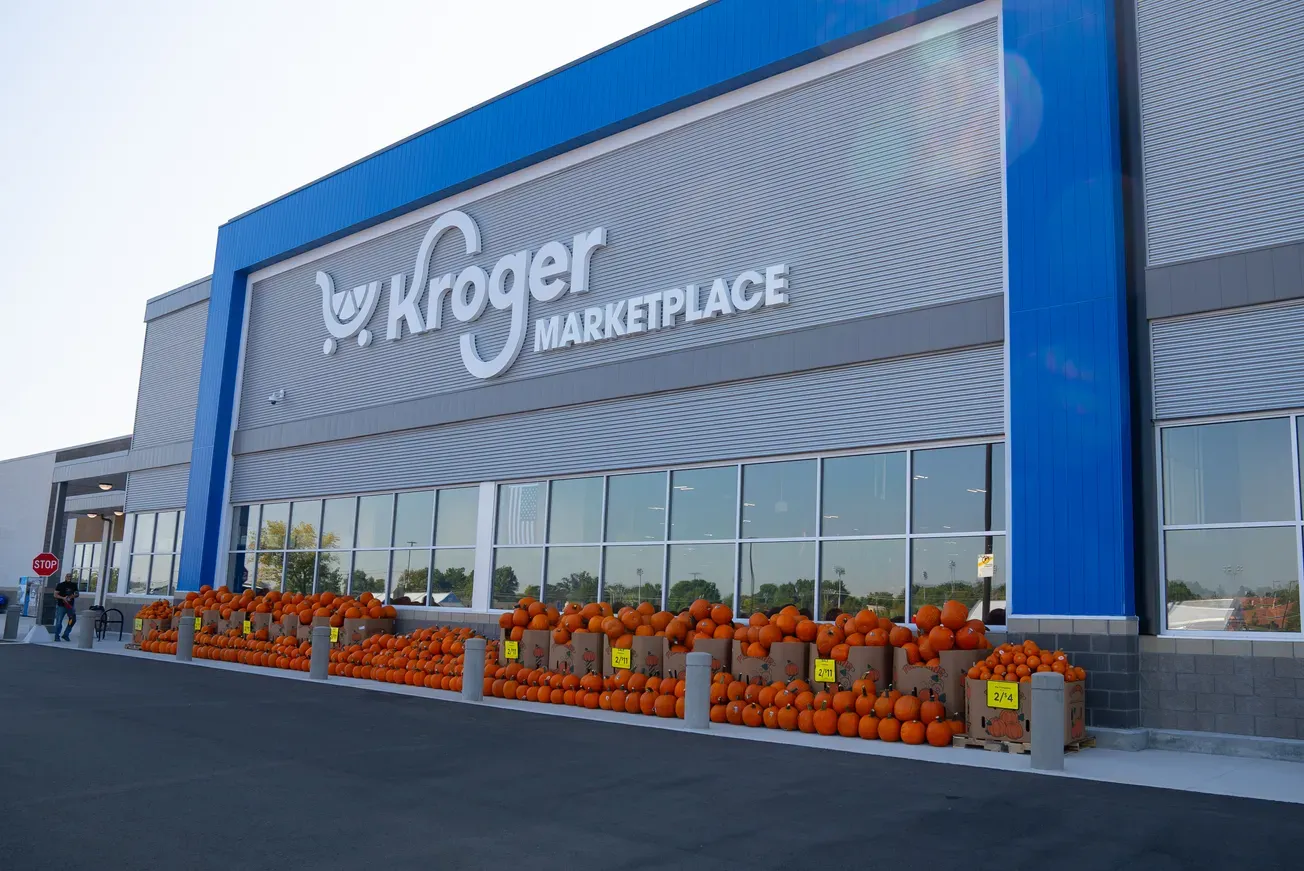
Damian Garbaccio
Following the coronavirus pandemic, record-high inflation, and the rise of e-commerce and delivery options, pharmacies have had to adjust to a radically different consumer shopping experience. Add on the pending loss of third-party cookies, and pharmacies are at a crossroads. February 2024 saw a staggering 11% drop in spending compared to the previous year, and 12% from February 2022, leaving pharmacy marketers scrambling for ways to attract new customers and drive customer loyalty. Forget about foot traffic and click-through rates — those don’t tell the whole story. These metrics don’t provide the full picture of the customer journey, as they show a customer entered a store or visited a website, but not if that action actually led to a sale. It’s time for pharmacies to ditch the dusty toolbox and embrace alternative data strategies to gain a deeper understanding of buyer behavior and drive sustainable growth.
Providing a whole wallet view
With new retailers popping up every day, shoppers now have the world at their fingertips. In this environment, deterministic purchase data is a potent weapon. To make sure we’re all on the same page: Deterministic data is verified information you can trust, like names, emails and purchase history. It comes directly from customers or reliable sources like debit and credit cards unveiling real buying behavior, including how they spend and where to find them. This intelligence can be used to craft innovative conquesting strategies and serve personalized offers.
For example, if a lapsed CVS shopper is now racking up three visits per month at either Walgreens or Target for their pharmacy needs, marketers can target consumers around those times they shop with a coupon on their favorite items or offer a discounted membership that adds money back to their wallet every month. Purchase data helps marketers understand their customers better, allowing them to build a better relationship and find new ways of connecting with them.
Better targeting opportunities
Similarly, transaction data unlocks more effective targeting opportunities for marketers. Unlike broader data sets like foot traffic, purchase data sets provide a more precise look at how key demographics are buying, giving marketers an opportunity to deliver more effective messages to consumers. For example, if a pharmacy is looking to reach baby boomers who come to their stores to pick up their medical prescriptions, they can offer targeted advertisements to purchase other items while they’re in the store, like vitamins or specialty beverages. Another instance would be to look at the other products that a customer is purchasing, and then serve them personalized offers that represent their current interests. So, if a customer stopped buying soda weekly and instead started purchasing packaged fruit and zero-calorie seltzers, a retailer can send offers related to vitamins or diet supplements. Data-driven marketing helps pharmacies create more tailored consumer experiences, which is key to their long-term success in an increasingly competitive retail industry. It also helps create a more convenient shopping experience for the customer by helping them cut through the clutter of finding new or interesting products.
Creating more ROI
Along with more effective targeting capabilities comes the ability to improve advertising return on investment (ROI). If a pharmacy retailer runs a campaign with multiple messages, they can look at purchase data to understand which messages are getting customers to the register and shift the marketing budget away from poor-performing creative. Consumer purchase insights take the guesswork out of ROI by shining a direct light on the incremental reach, performance and revenue impact of a specific ad campaign.
As marketers face pressure to increase sales while also dealing with the loss of third-party cookies, deterministic purchase data will be an invaluable tool. It will unlock another level of insights and granularity, allowing them to create a more impactful customer experience and meaningfully impact the bottom line.
Damian Garbaccio is chief business and marketing officer at Affinity Solutions.









